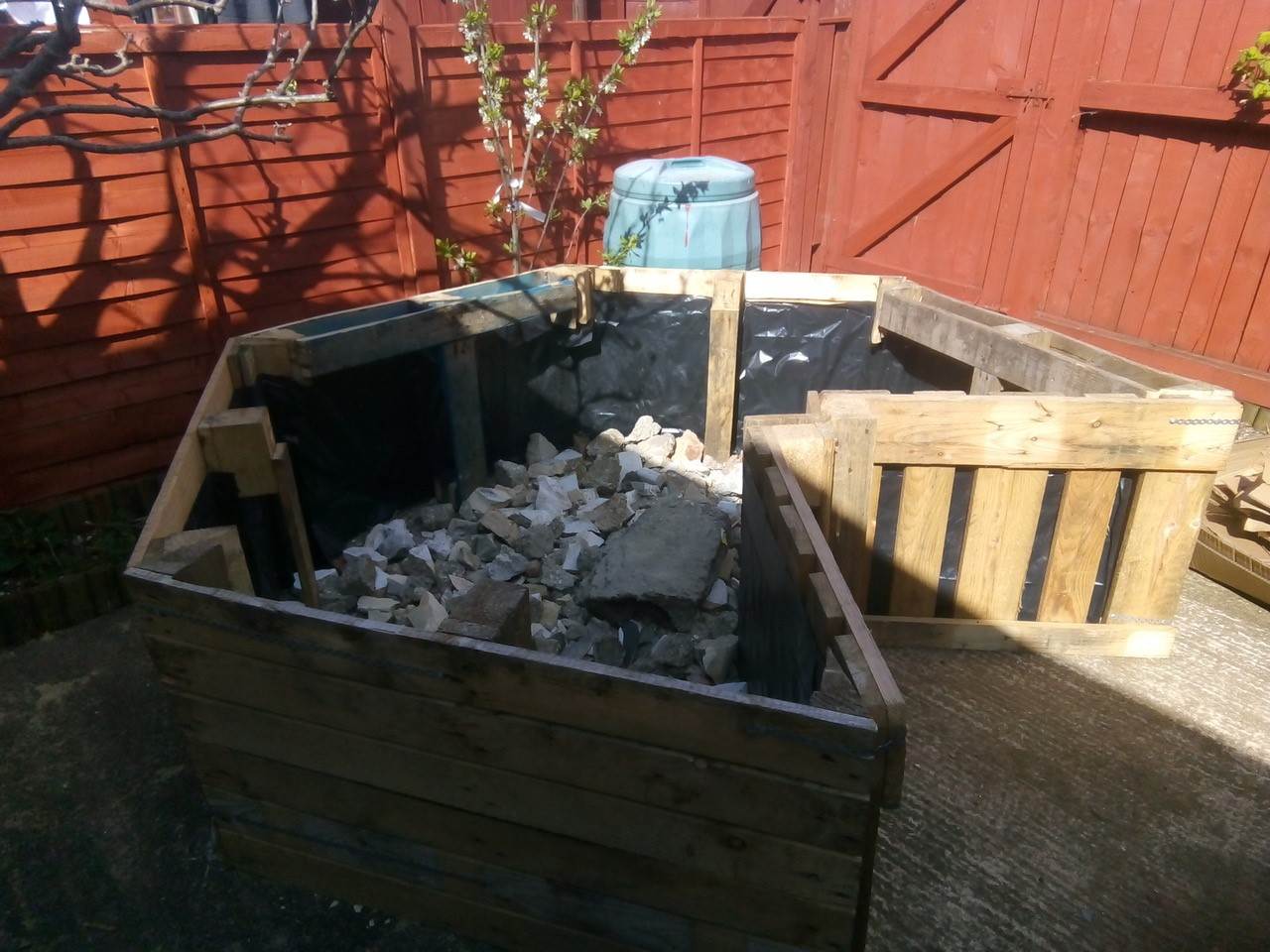How to create your own keyhole garden
Grow at home

Keyhole gardens are an easy and sustainable way to grow vegetables all year. Many of the smallholder farmers we work with around the world use them because they are reliable, cost-effective and simple to build with common materials.
“Through growing crops on keyhole gardens I am guaranteed of eating a healthy meal everyday together with my family.”
– Tafadzwa Chindawandi, smallholder farmer in Makoni

Create your keyhole garden:
1. Plot the area for the garden’s bed – 3 feet all round from your centre point
2. Construct side walls from bricks, logs and stones
3. Build composting basket – wire, bamboo stakes or hard-wearing cloth work well
4. Secure the basket, making sure it keeps shape
5. Fill the basket, using about 18 inches of good quality soil. The soil should be conical in shape, surrounding the basket in the middle.
6.Cover the soil in a thick layer of compost. This will create a moisture reservoir that will capture the water and nutrients your plants need to thrive.
7. Add plants to your new keyhole garden – and remember to water!
See the solution in action!
Esther and John are just two of our supporters who have created their own keyhole gardens. Have a look at their amazing handiwork below – we hope you feel inspired to create a keyhole garden yourself.
“Following your suggestion that we try to create our own keyhole gardens, here is my version – planted in South-East England. This is the keyhole garden’s first year, with rocket, bush beans and spring onions all growing brilliantly. I like it so much, I might build another one!” – Esther
Esther’s keyhole garden


John’s keyhole garden

